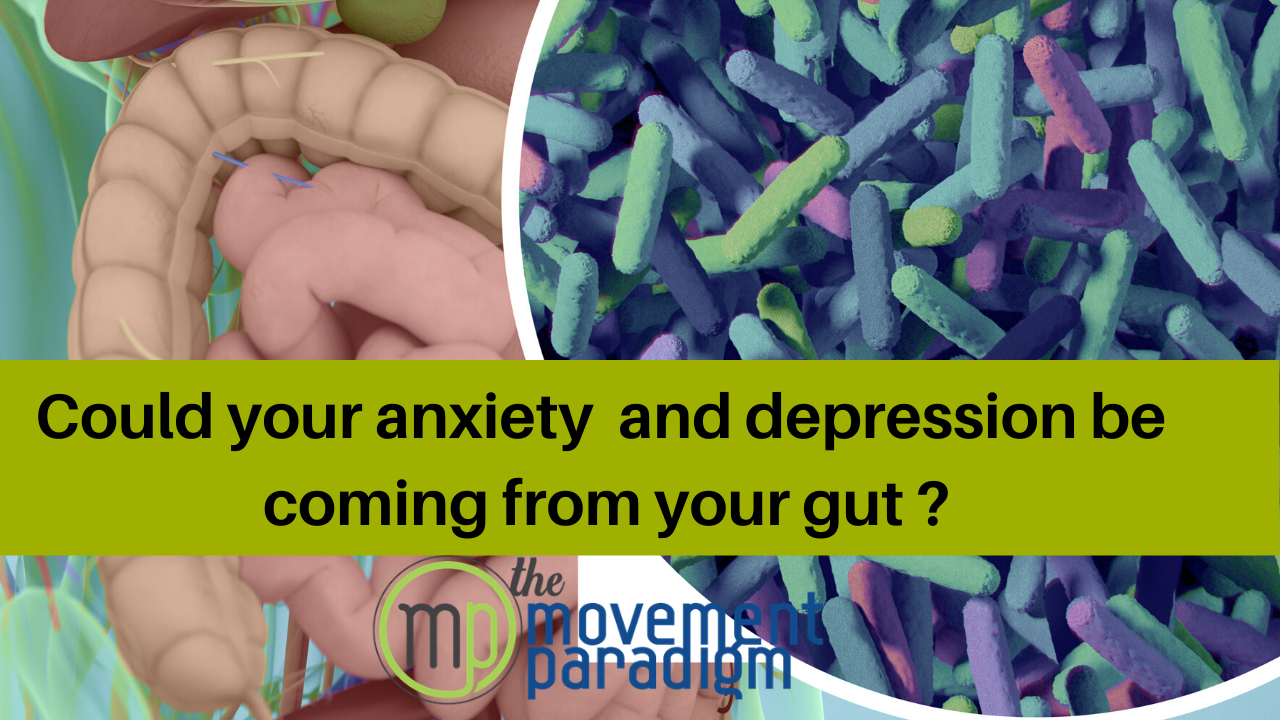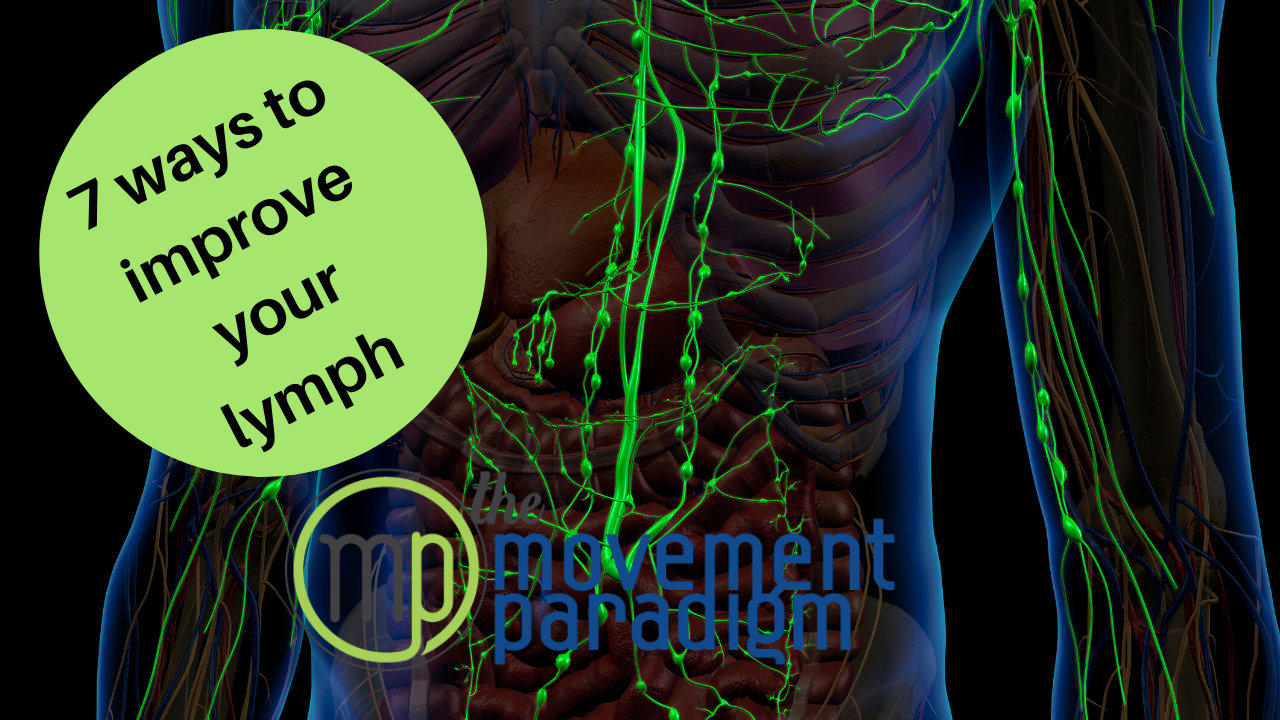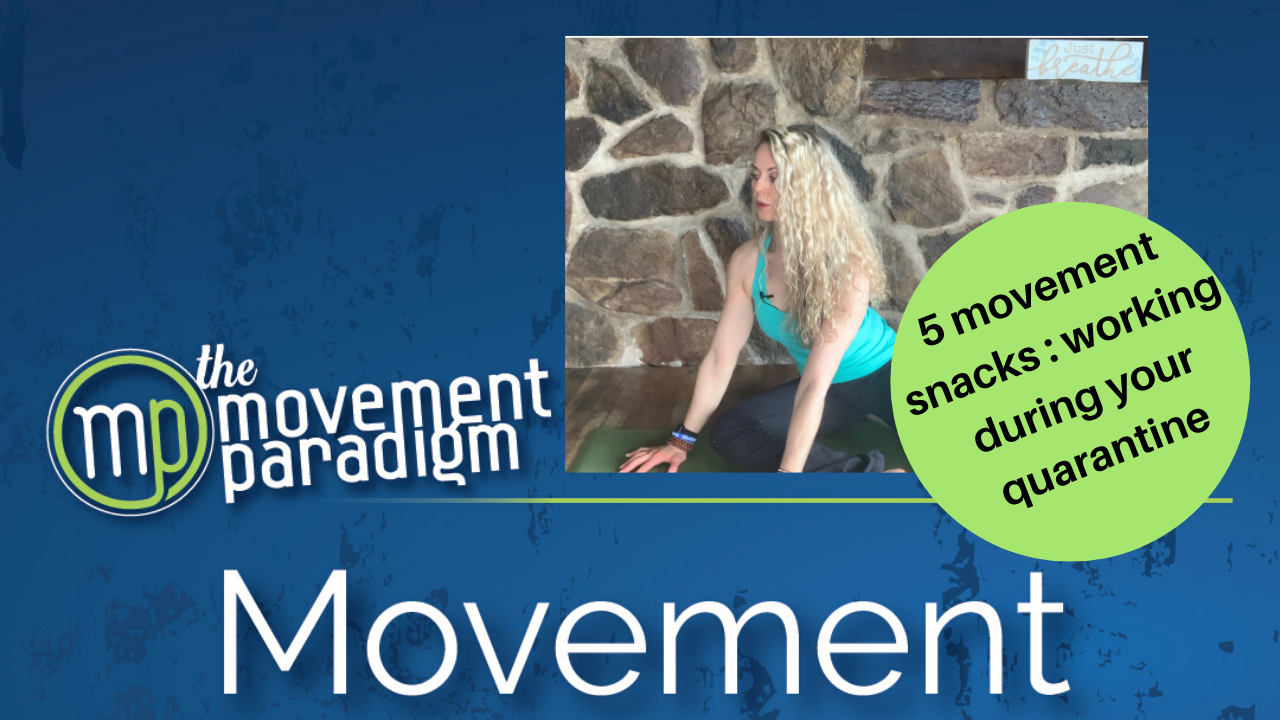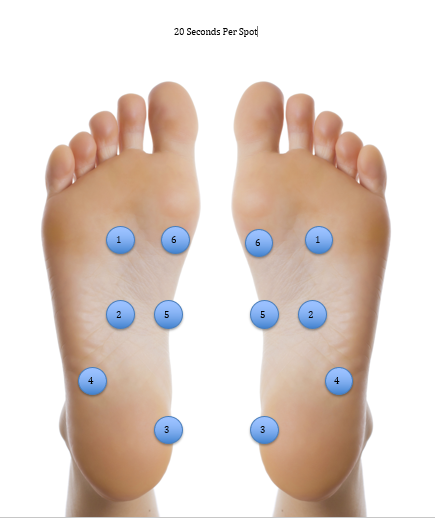I’d like to discuss something that is very personal to me…..how you can turn your challenges or crises into opportunities. When you look at people like Michael Jordan, Rocky Balboa, and Bruce Lee, you can see that these spiritual warriors have the most unbelievable focus, attention, and tenacity.
Here are some practical tips that you can do in your life to develop this resiliency and turn your challenges into opportunities. As George Mumford highlights in his book The Mindful Athlete, when we walk the path of a spiritual warrior, we can we think about the journey as opposed to the destination. When we look at some of these incredible athletes and true warriors, we can see that it isn’t about the outcome or the results, it’s about the journey. “An ordinary man takes everything as a blessing, or as a curse, whereas a warrior is going to take everything as a challenge.”
All right, here you go! Three things that can help you turn your challenges into opportunities.
- Noticing what’s right
We tend to, during times of crises or challenges, focus on what’s wrong and what isn’t going right in our lives. However, rather than focusing on that, we can focus on the beauty of the moment, with all of its imperfections, and we can find this deep wisdom that we wouldn’t have found otherwise. When we can really begin to look inward at this inner critic and emotional blueprint, and ask questions and explore it with curiosity, we can inquire about this really amazing wisdom. This will allow us to be able to look from a different lens to be able to see this obstacle or this challenge as an opportunity for growth.
2. Emotional error correction
Rather than blaming someone, something, or even ourselves, we need to think about asking the question “why?”. Have wonder and curiosity about why this happened and potentially what do you have to learn from this? Whether your challenges are small or big, there’s always something to learn about yourself. There’s always an opportunity to transform your growth as a human being. When we can transform the frustration and aggravation into the joy and satisfaction of learning about ourselves, we can begin to have more teachable moments in our lives. We can begin to have these experiences or these challenges that bring us awareness and make us more focused and present in our own lives. So, essentially when we are experiencing these different emotions, we can bring this wonder and this curiosity to the forefront because when we do that, then we begin to see the experience and situation so differently. We can ask with an open heart, and we can inquire about ourselves, be inquisitive about the situation and begin to grow.
3. The right effort
This is where we focus on the journey, not the destination. This is where we don’t necessarily think “life’s a grind and I’m just going to try to push through.” Instead, we appreciate all the moments, experiences, and people along the way and appreciate the process, not the outcome, results, or the destination. This is where we can sit, and we can simply enjoy sitting. It is when we don’t have to be on the go and running and doing a million things. We can actually just be present and pay attention. We can pay attention to our experiences and be in tune with what our body needs. This is the right effort, not pushing so hard that you just continue to get hurt in your exercise program. Instead, you just give the right amount of effort so that you see these adaptations over time, for example.
There you have it, three ways that you could help turn your challenges into opportunities. I was diagnosed with stage three liposarcoma two months before my wedding about five years ago. That was when I made this commitment to myself that I wanted to not just survive cancer, but I wanted to thrive during cancer. With that, I have taken all of these steps to optimize my mindset, nutrition, and movement to really help me achieve the life that I want to have. I hope that you can turn this current challenge into an opportunity for you.
If you need help on your journey to better health, contact [email protected] to schedule.
For more content, make sure to subscribe to my YouTube channel here.
Check out my TEDx talk below to see my story of turning challenges into opportunities.







